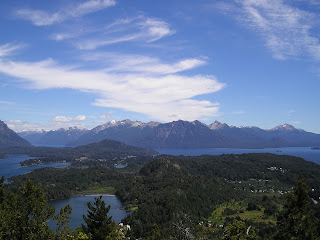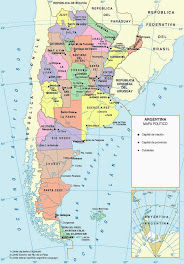Ash from Chile’s Puyehue volcano continues to cause disruption in Argentina over a month since the initial eruption on June 4.
Flights at Buenos Aires airports Ezeiza and Aeroparque were again cancelled last week while provinces in the south of the country remain in a state of emergency.
The volcano is 870km south of the Chilean capital of Santiago but only 100km from the Argentine Patagonian resort town of Bariloche. And although the ash cloud has found its way even to Australia where it provoked flight cancellations at the Western province airport of Perth last month, it is Argentina which has taken the bulk of the onslaught with areas of the southern provinces of Rio Negro and Neuquen under a blanket of ash and set for a terrible winter season.
Though Neuquen’s economy is built principally on mining and extraction of its large oil and natural gas reserves, Rio Negro relies more on agriculture and tourism. And while the Patagonian province attracts visitors to both its Lake District and Atlantic coastal regions all year round, the winter season is normally its busiest time of the year.
January and February are the summer months in which a substantial portion of the Argentine population takes holidays away, and popular destinations like the beach towns of Buenos Aires province attract the crowds.
While for winter holidays it is July and August that many thousands choose to take a break and the Patagonian Southern Andes regions, where skiing and other winter sports provide plenty of snowy entertainment, are normally packed with visitors.
 |
| Outside Bariloche in Summer |
San Carlos de Bariloche is a small city that relies almost entirely on tourism and acts as a starting point for trips to Patagonia. It sits on the Nahuel Huapi Lake and is at the bottom of the Route of the Seven Lakes (La Ruta de los Siete Lagos) which runs from San Martín de Los Andes, down to Villa La angostura and then onto Bariloche, through what is magnificent Andean countryside.
At Bariloche, which is a Swiss German influenced town, winter skiing can be had at the Cerro Catedral while the town offers plenty of dining experiences with most restaurants offering up the local delicacies of trout (trucha), deer (ciervo) and if you’re lucky a chunk of wild boar (jabalí).
Many visitors, especially secondary school kids who follow the Argentine tradition of holidaying in Bariloche to celebrate their graduation, will make the 1600km journey with one of Argentina’s excellent long-distance bus companies (known here as Micros). The journey is 22 hours but whether taking the more expensive Cama Ejecutivo option, which offers a fully reclining seat with curtains, or the Semi Cama, it is a more than comfortable travelling experience.
When there are no volcanic interruptions, daily fights head to Bariloche from Buenos Aires and take about two hours.
However, with the ash clouds still causing a nuisance, it is expected that many will cancel their plans to head to the South this winter, despite the discounts of up to 30% which many hotels and restaurants are offering in the area.
However, with the ash clouds still causing a nuisance, it is expected that many will cancel their plans to head to the South this winter, despite the discounts of up to 30% which many hotels and restaurants are offering in the area.
That's not snow









Is that volcanic ash on the video? at first I thought it would be snow, but once the chap touched it with his hand, it became clear to me that it cannot be snow. Anyway, you must know that country very well by know, given the in-depth knowledge of it you show in your writing!
ReplyDelete